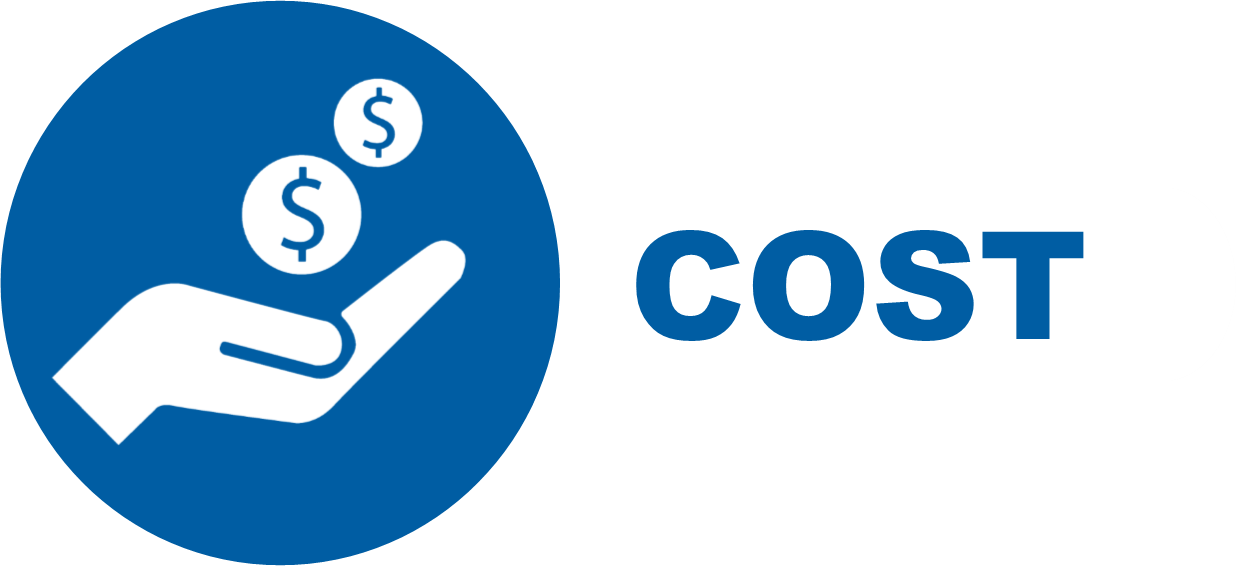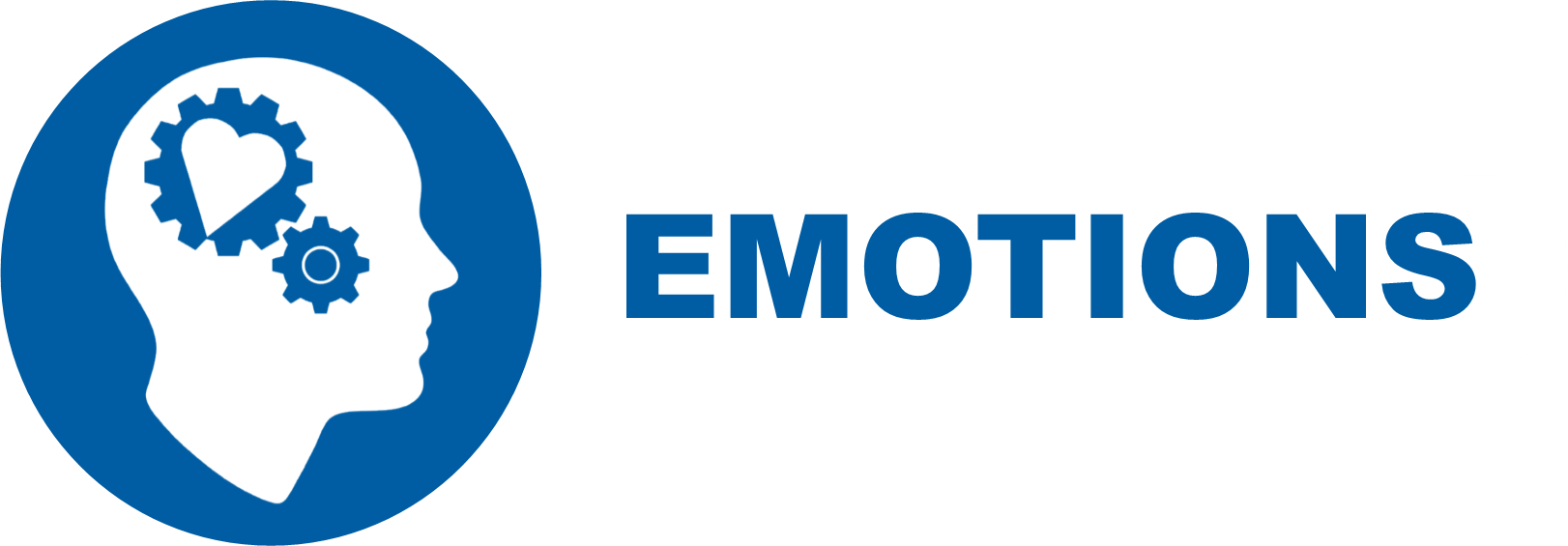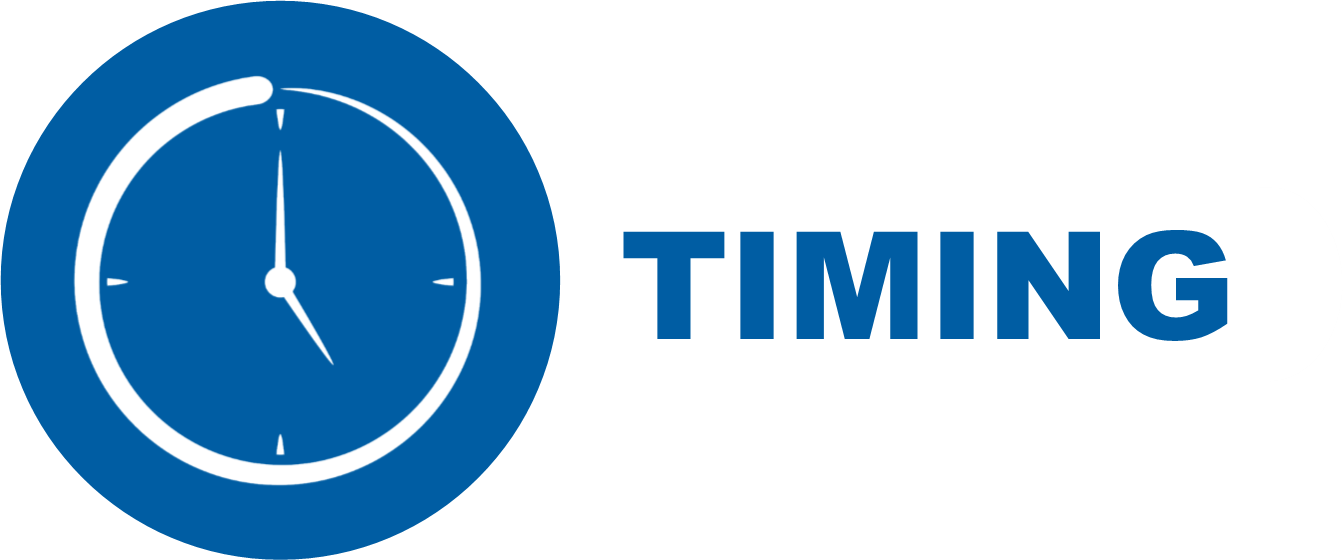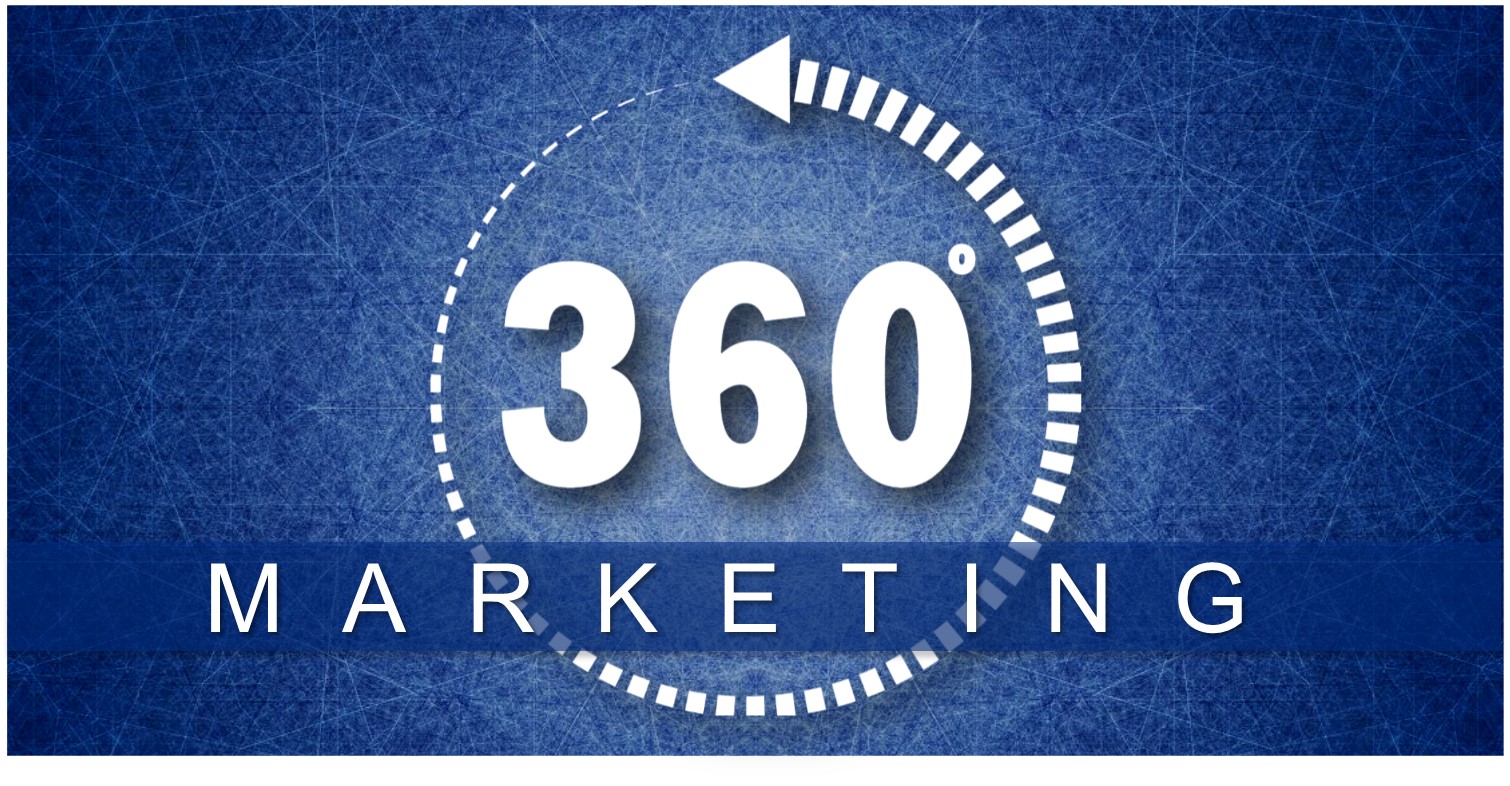Pandemic Marketing - Best Steps Forward
Over a year ago, most of us were led to believe that the pandemic would be short lived and things would soon return to normal. Here we are more than 18 months later still dealing with the challenges that have accosted the business world. There is no doubt that we have all learned to do things differently. No longer can we do things the same way and expect the same results. As these adjustments have been made, there have certainly been opportunities to consider.
One of the biggest areas impacted is marketing. Connecting with potential customers and cultivating existing relationships remains a priority, but how we do that today looks a little different and in some ways, it also looks the same. How so?
Technology Advantage
The pandemic has forced us to consider how to better leverage technology in our marketing efforts without necessarily having to use unknown technology. Think about it. Prior to the pandemic, we used email, digital platforms, banner ads, etc. to generate leads, develop prospects, cultivate relationships and more. Those tools are now being used in a different way to drive our marketing activity. In fact, we are relying on them more than ever before. With limited in-person opportunities for meetings, events, trade shows, etc., our technology communication tools are essential to our marketing activities. Businesses that understand this are making the adjustment by focusing on the tactical elements that work better today than they did just over a year ago.
Adapt and Align with Your Market
So what does this mean to your business? In all likelihood, it means a fairly major strategy adjustment. Putting your best steps forward during this time will give your business the edge it needs to be competitively ahead of the game. A revised marketing strategy will include an evaluation of how your business connects with the market and the tools required to accomplish each tactic. This is the time to consider the new opportunities that may exist as a result of how things are done differently today versus a year ago. Your market may also look a little different, underscoring the importance of capitalizing on that by visibly occupying space in that market with the solutions that businesses need. Your goal is to be well known so that prospects consider your solution as the best option available.
Quick Takeaways
- Marketing strategy adjustments – look at the new behavior of your market and determine the best way to occupy a presence where your business is needed the most
- Leverage digital marketing tools – this is likely the time to increase the frequency of your email marketing campaigns, refresh your website, update your banner ads, and evaluate your internet presence
- Capture new market opportunities – consider how your market operates differently now and determine how to capitalize on the new opportunities that may have arisen as a result of these pivots
Businesses that choose to sit on the sidelines watching to see what happens will quickly be left behind. Those that understand how to adapt to changing market conditions with a proactive marketing approach will win. Put your best steps forward and win!
Feel free to share this on your favorite social media sites and email it to a colleague or friend.








